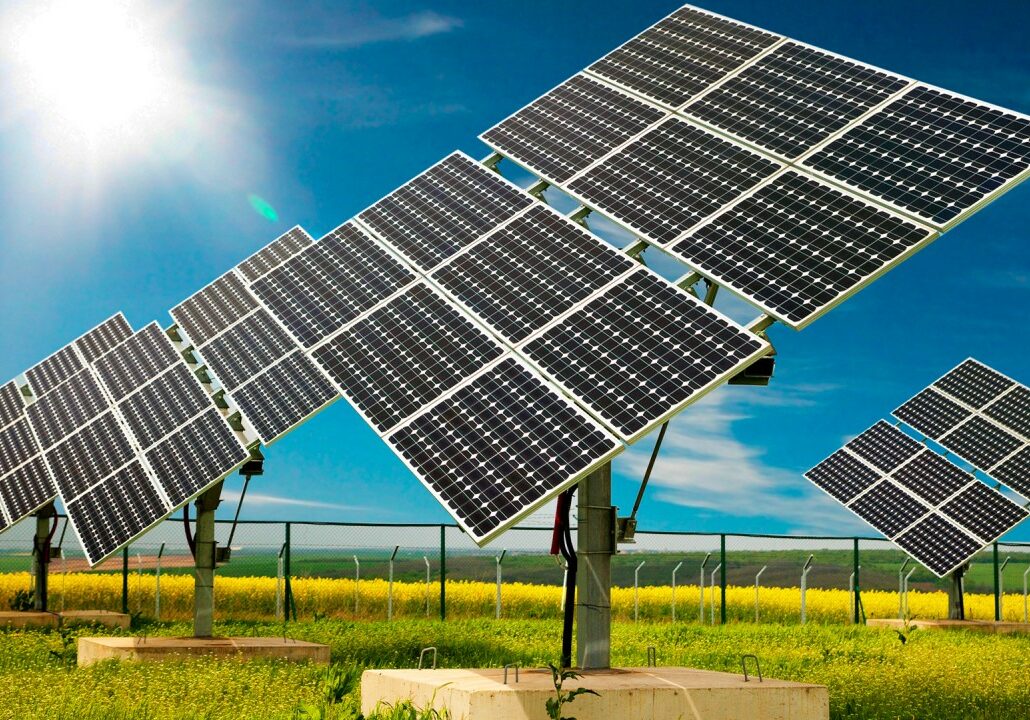
In the realm of sustainable energy, solar panels stand as the vanguard, converting the sun’s boundless energy into a usable power source. These sleek, photovoltaic marvels are not just passive collectors but intricate systems designed to unlock the potential of sunlight. Join us on a journey into the heart of solar technology as we unravel the mechanics of how solar panels work and transform sunlight into electricity.
The anatomy of solar panels: Photovoltaic cells
At the core of solar panels are photovoltaic (PV) cells, often made of crystalline silicon. These cells possess a unique property: they can convert sunlight directly into electricity though the photovoltaic effect. When sunlight strikes the surface of these cells, electrons within the semiconductor material get energised and start flowing, creating an electric current.
Absorption of photons: Initiating the photovoltaic effect
As sunlight, composed of photons, hits the PV cells is in the form of direct current (DC). Direct current is the type of electricity produced by batteries, but most of our appliances and the power grid operate on alternating current (AC). To make the solar energy usable for homes and businesses, an inverter is employed to convert DC electricity into AC electricity.
Electric fields: Channeling the flow
The PV cells are constructed with an electric field, typically created by the introduction of different materials into the semiconductor. This electric field act as a force that guides the freed electrons in a specific directions, creating a flow of electricity. It’s this flow of electrons that we harness as electrical power.
Direct current (DC) generation: Initial output
The electricity generated by the PV cells is in the form of direct current (DC). Direct current is the type of electricity produced by batteries, but most of our appliances and the power grid operate on alternating current (AC). To make the solar energy usable for homes and businesses, an inverter is employed to convert DC electricity into AC electricity.
Photovoltaic modules: Assembling solar panels
Individual PV cells are connected and arranged in a specific pattern to form a photovoltaic module, commonly known as a solar panel. These modules are then combined into larger arrays to generate the desired amount of electricity. The efficiency of a solar panel is influenced by factors such as the quality of the PV cells, the angle of installation, and the amount of sunlight the panel receives.
Mounting systems: Positioning for optimal exposure
Solar panels are strategically mounted to maximise exposure to sunlight. Whether on rooftops, open fields, or solar farms, the orientation and tilt of the panels are crucial for optimising energy capture. Some advanced systems even use tracking technology, allowing the panels too follow the sun’s movement throughout the day, ensuring they are always positioned to receive maximum sunlight.
Grid connection and net metering: Contributing to the energy landscape
Solar panels in residential and commercial settings are often connected to the power grid. Excess electricity generated during sunny periods can be fed back into the grid, earning credits through net metering. This not only reduces electricity bills but also contributes to the overall energy supply for the community.
Environmental impact: A clean energy solution
One of the most significant advantages of solar panels is their minimal environmental impact. Unlike fossil fuels, solar energy production releases to greenhouse gases, contributing to the fight against climate change. The lifecycle environmental impact of solar panels continues to improve as technology advances and recycling programs become more widespread.
Solar panels, with their intricate technology and renewable energy generation, epitomise the transition to a more sustainable and environmentally conscious future. Understanding how solar panels work allows us to appreciate the elegance of this clean energy solution and inspires confidence in its ability to power a brighter tomorrow. As technology continues to evolve, solar panels will play an increasingly pivotal role in reshaping our energy landscape and fostering a cleaner, greener world. It’s not just about capturing sunlight: it’s about harnessing the sun’s power to illuminate a sustainable path forward.
